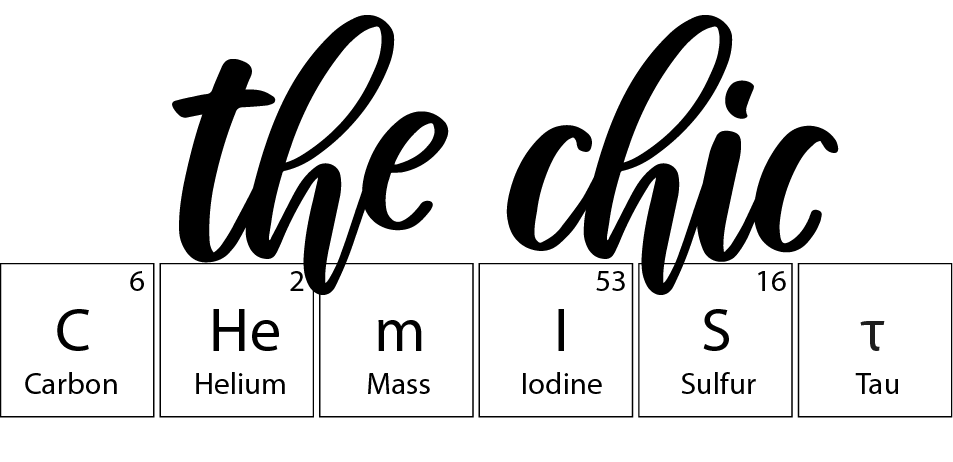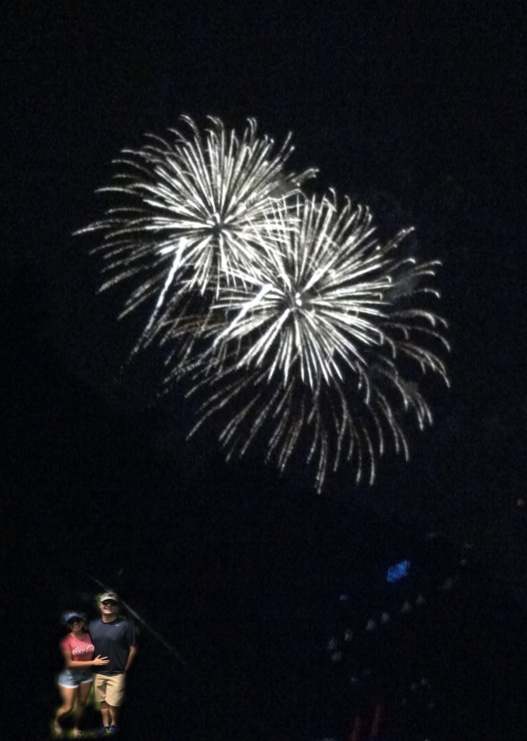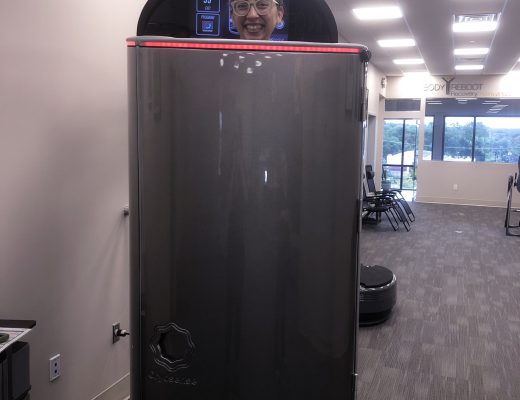Would you believe me if I told you that a fireworks show on the Fourth of July takes engineering, chemistry and up to 9 months of planning?!
The chemical aspect comes from perfecting the right ingredients. The four main ones are an oxidizer, a fuel, a colorant, and a binder. They need to burn at the right time, temperature, and colors.
We can start with the oxidizers! Oxidizers are the energy portion of the entire firework! The oxidizer must be rich in oxygen to allow for the proper burning. There has to be an excess of oxygen to allow for the best explosion possible!! Most of the time nitrates, chlorates, and perchlorates.
To actually get the firework to explode you need a fuel to react either the oxidizer. The fuel for a firework is like gas in a car. Without some type of fuel, the car (firework) won’t get any movement. In this instance fuel is more of a way to extend the time of the fireworks explosion. Typically charcoal or sulfur are used in modern day fireworks. The fuel combines with the excess oxygen and fire to cause the big explosion.
Cool we have an idea for how the fireworks make the explosion but how do we get to the explosion?
Using gunpowder as the fuse that lights the tiny piece of magnificence allows for a slow and controlled burning giving the human who lights it time to run away!!! There’s even more gunpowder packed inside the rocket that forces the explosion out. The gunpowder is adjacent to the colorant and binder which gives us the colored appearance of typical fireworks. The binder keeps the colorant, fuel, and oxidizer together along with the gunpowder. Once the short line of very fine gunpowder hits the bottom of the rocket that has larger gunpowder, it’s shoots towards the sky! When the explosion happens the individual pieces of large gunpowder produce the mini colored explosions we see. The colorant are made in a wavelength that can be seen by human eyes!
Now the colorants that are used must be specific chemical compounds to emit certain colors. For a red color, strontium should be used; green can be created with barium; blue needs copper; and sodium compounds are used for a yellow/orange color. It is so so important that none of these compounds hold onto moisture or they will not explode properly. Most importantly the compounds need to be nontoxic and shouldn’t leave any harmful residues in the environment.
Who would have thought this much science goes behind the 15 minutes of a beautiful show we watch every year? I’m truly grateful!!!
Xoxo, Z




